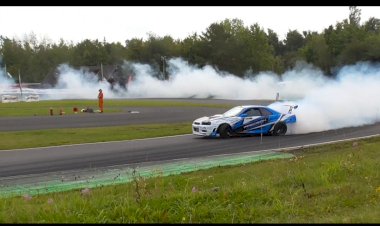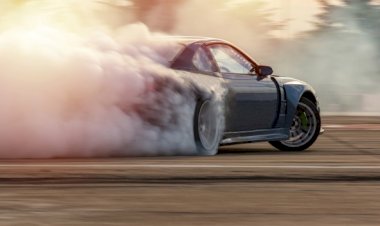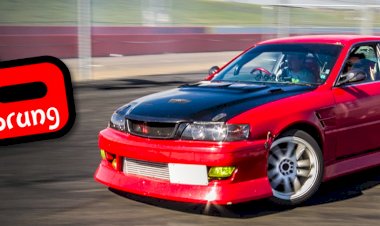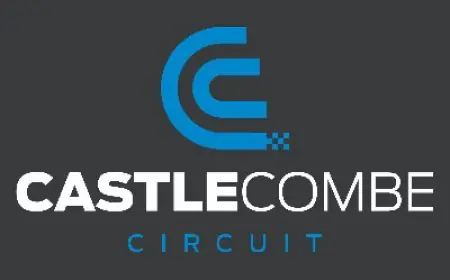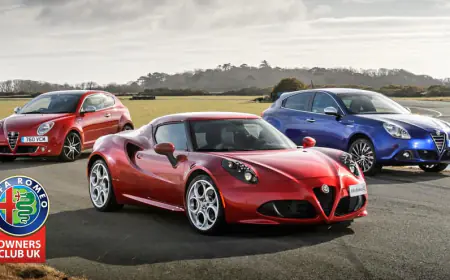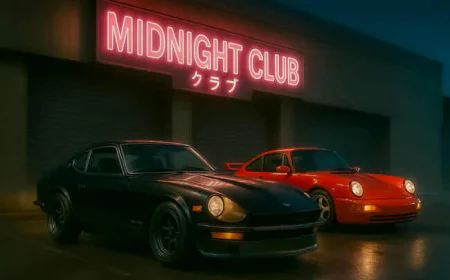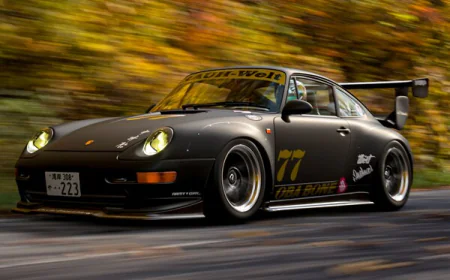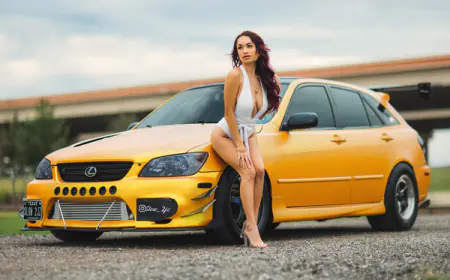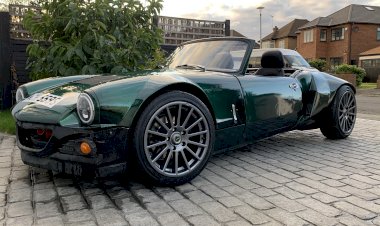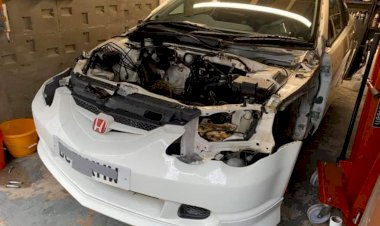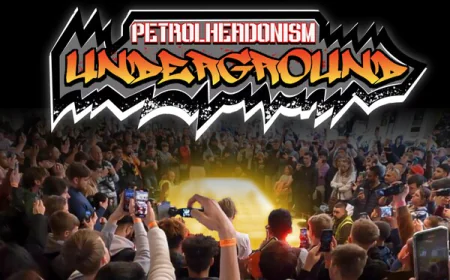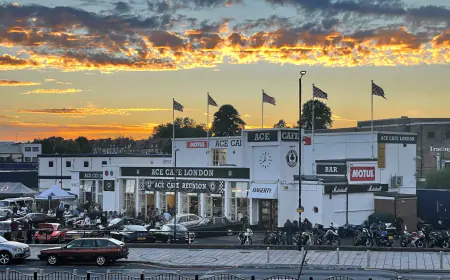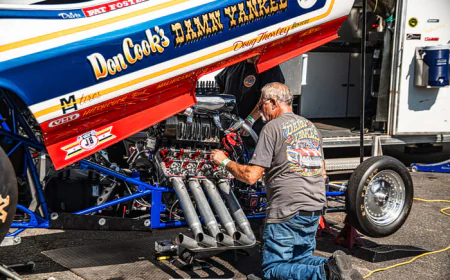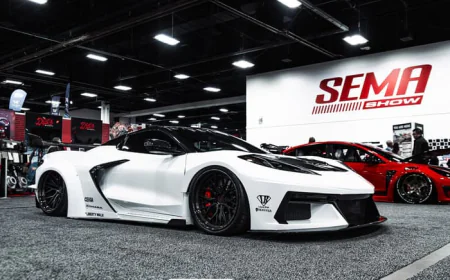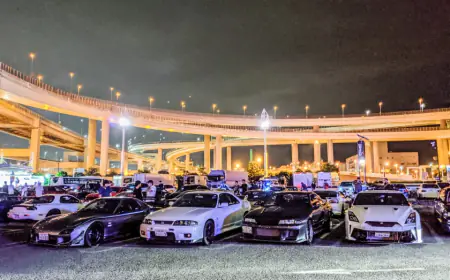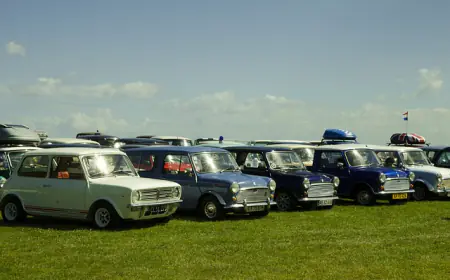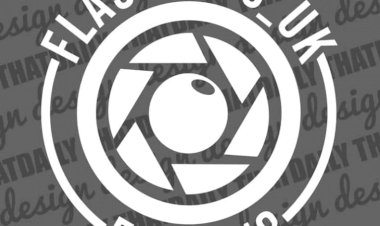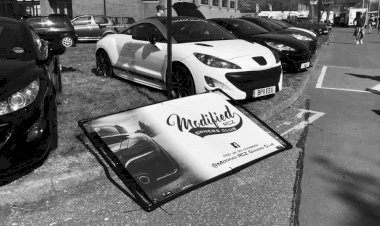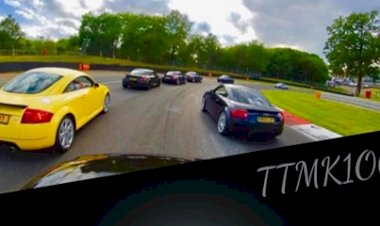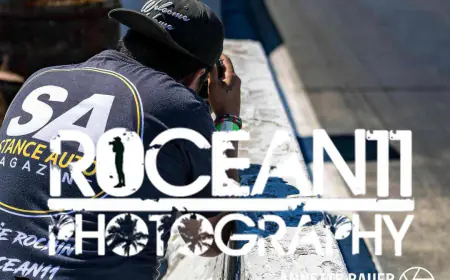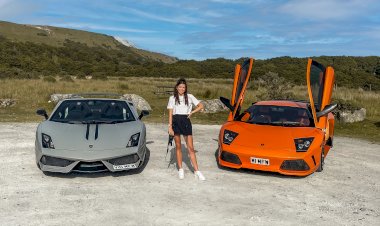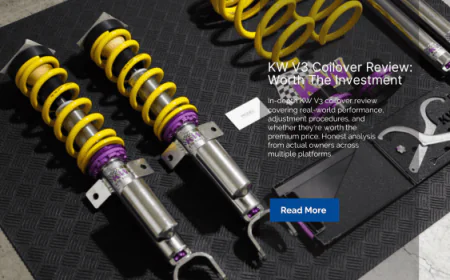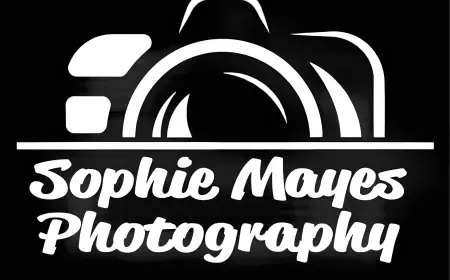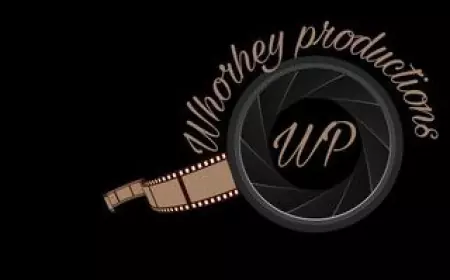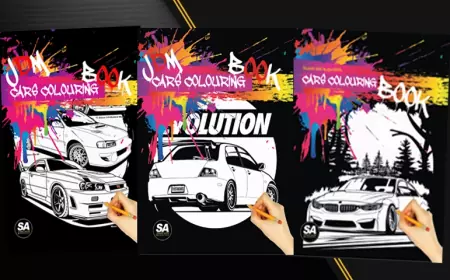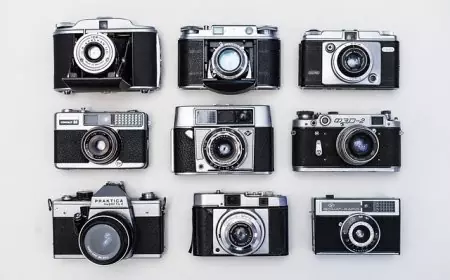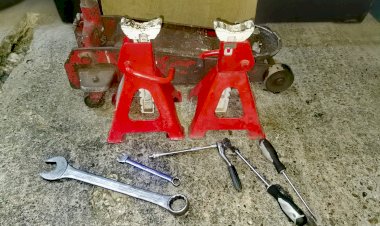How to Use Light to Create Better Photos - A Comprehensive Guide
Learn how to use light effectively in photography to capture stunning and captivating photos. Understand the significance of light, explore natural lighting scenarios like the golden hour and overcast days, and discover different types of artificial lighting.
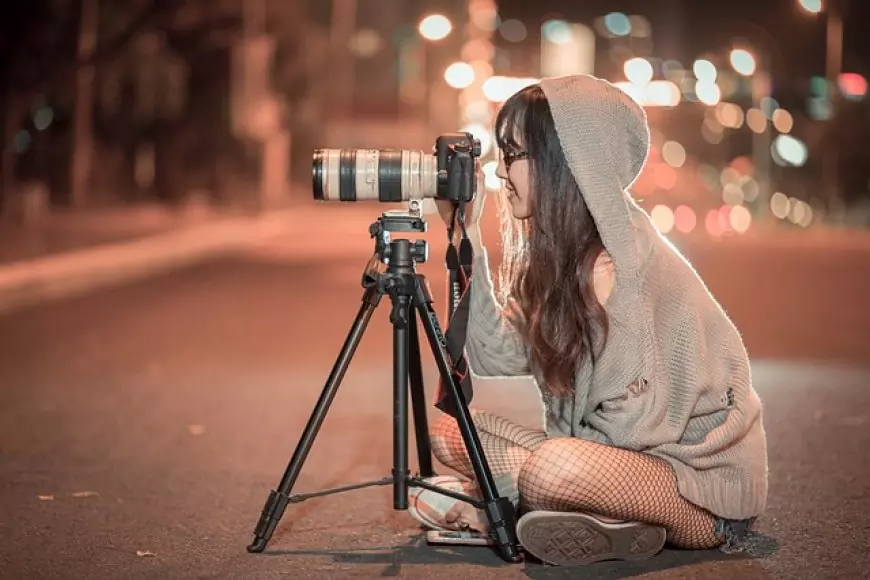
Discover the art of automotive expression with Stance Auto Magazine. "Unleash your passion for unique builds, performance upgrades, and the vibrant car culture. Stay updated with the latest news, in-depth features, and expert insights. Join our community of like-minded enthusiasts and elevate your automotive experience. Explore Stance Auto Magazine today!"
All Photographs are supplied and owned by the Photographer named, our Photographers can be found HERE!
Order Your Printed Magazine Here!!
How do I Use Light to Create Better Photos?
Light is the essence of photography. It plays a pivotal role in shaping the mood, atmosphere, and overall impact of your photographs. Understanding and utilizing light effectively can elevate your images to new heights and help you create visually stunning and captivating photos.
Understand the Significance of Light:
Light not only illuminates your subject but also adds depth, texture, and dimension to your images. It can create dramatic shadows, enhance colors, and evoke emotions. Being aware of the quality, direction, and intensity of light will allow you to make intentional choices when capturing your photographs.
Natural Light:
Natural light refers to the illumination provided by the sun. It offers a wide range of possibilities, depending on the time of day and weather conditions. Here are a few natural lighting scenarios to consider:
Golden Hour:
The golden hour occurs shortly after sunrise and before sunset. During this time, the light is warm, soft, and diffused, creating a beautiful, golden glow. The low angle of the sun can also cast long, flattering shadows and add depth to your images.
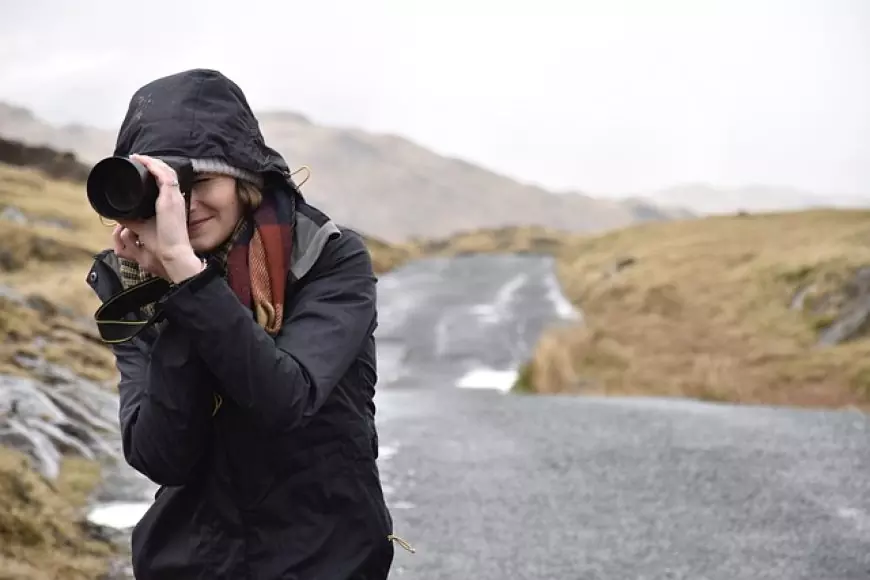
Overcast Days:
Cloudy or overcast days provide soft and even lighting. The diffused light eliminates harsh shadows and allows colors to appear more vibrant. This type of lighting is ideal for capturing portraits or subjects that require even illumination.
Backlighting:
Backlighting occurs when the primary light source is positioned behind your subject. It creates a halo effect, highlighting the outline of your subject and adding a sense of depth and drama. Backlighting is particularly effective when shooting silhouettes or capturing the glow of sunlight through translucent subjects.
Artificial Light:
In addition to natural light, you can also work with artificial lighting sources to create different effects and control the light in your photographs. Here are a few common types of artificial lighting:
Continuous Lighting:
Continuous lighting refers to constant light sources, such as studio lights or LED panels. It provides a consistent and controllable light source, making it ideal for studio setups or situations where you need ample light for an extended period.
Flash/Strobe Lighting:
Flash or strobe lighting involves a burst of intense light that freezes motion and provides additional illumination. It can be used on or off-camera and is commonly used in event photography, portraits, and creative lighting setups.
Ambient Lighting:
Ambient lighting refers to the existing light in a scene, such as indoor lighting or streetlights. Understanding how to work with ambient lighting and balance it with other light sources can help you create moody or atmospheric images.
Diffused Lighting:
Soft, diffused light is often desirable as it creates gentle shadows and flatters your subject. To achieve diffused lighting, you can use natural diffusers like clouds or shoot during overcast conditions. Additionally, you can use artificial diffusers like softboxes or umbrellas to soften the light from studio strobes or flash units.
Reflectors and Fill Light:
Reflectors bounce light back onto your subject, filling in shadows and providing additional illumination. They can be made of various materials such as white, silver, or gold, each imparting a different quality of light. Reflectors are particularly useful when shooting in natural light or in situations where you need to add more light to balance the exposure.
Experiment and Observe:
Take the time to observe and experiment with different lighting conditions. Pay attention to how light interacts with your subject and the environment. Explore the interplay between light and shadow, and how it affects the overall mood and story of your photograph. By experimenting with different lighting techniques, you'll gain a better understanding of how light can transform your images.
Remember, light is a powerful tool in photography. Learning to observe, manipulate, and work with different types of light will allow you to create visually captivating and compelling photographs. So, embrace the light around you, experiment with various lighting scenarios, and let it guide you to capture stunning images that evoke emotion and tell stories.
Read The Next Article HERE
Have your say, and leave a COMMENT BELOW, it helps the story get more views and reach the Printed Magazine, Thank you.
All of our Magazines can be found on Amazon, they Print and Deliver worldwide, Stance Auto can not be held responsible for the final print, and all complaints and returns must be directed to Amazon.
UKTM no: UK00003572459
 Like
0
Like
0
 Dislike
0
Dislike
0
 Love
0
Love
0
 Funny
0
Funny
0
 Angry
0
Angry
0
 Sad
0
Sad
0
 Wow
0
Wow
0









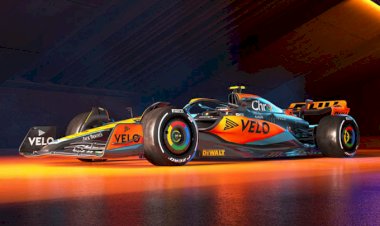






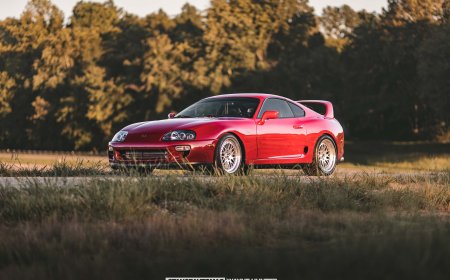


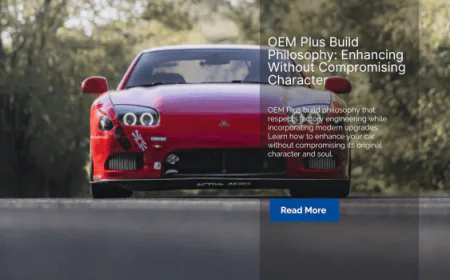











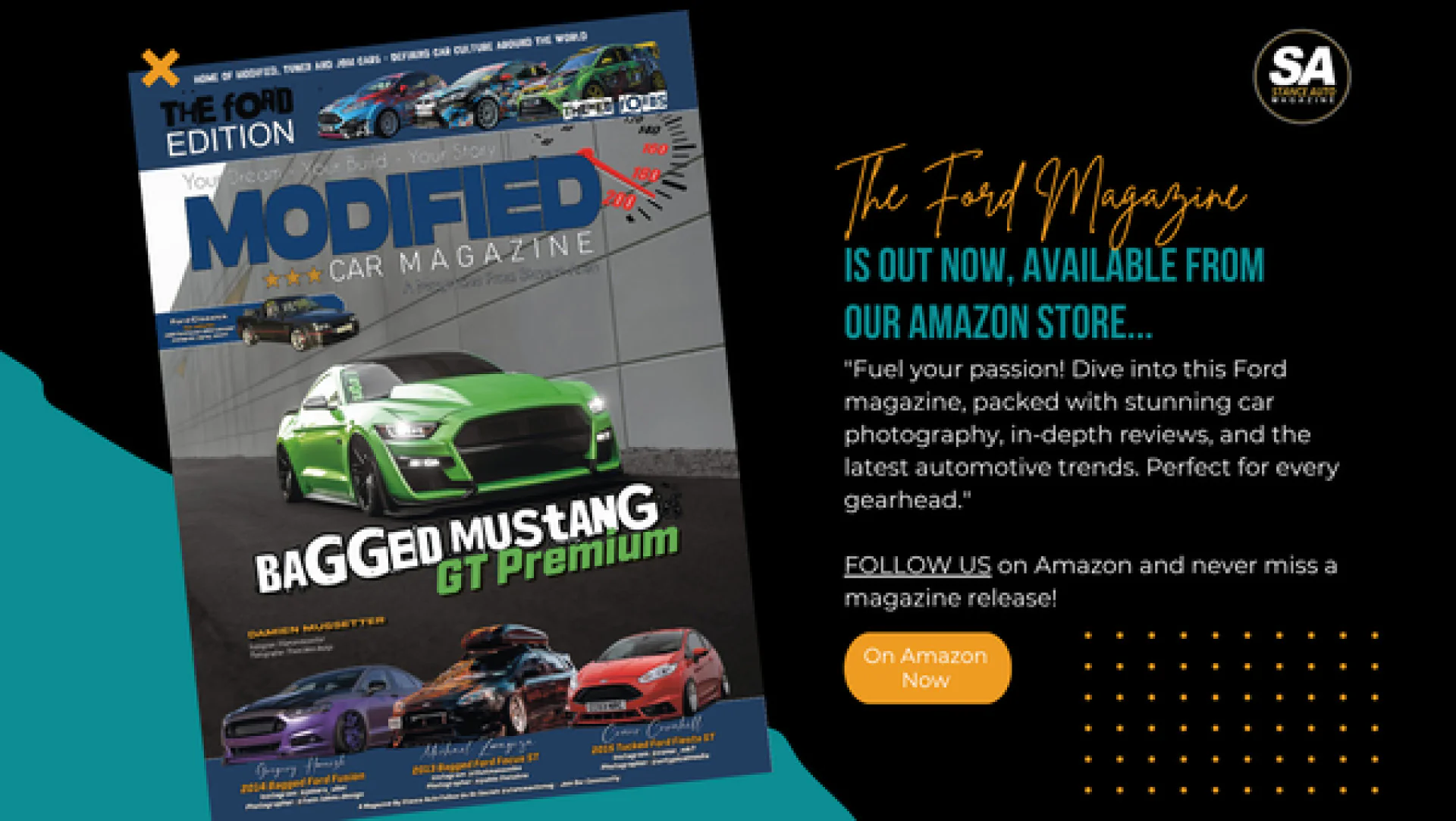


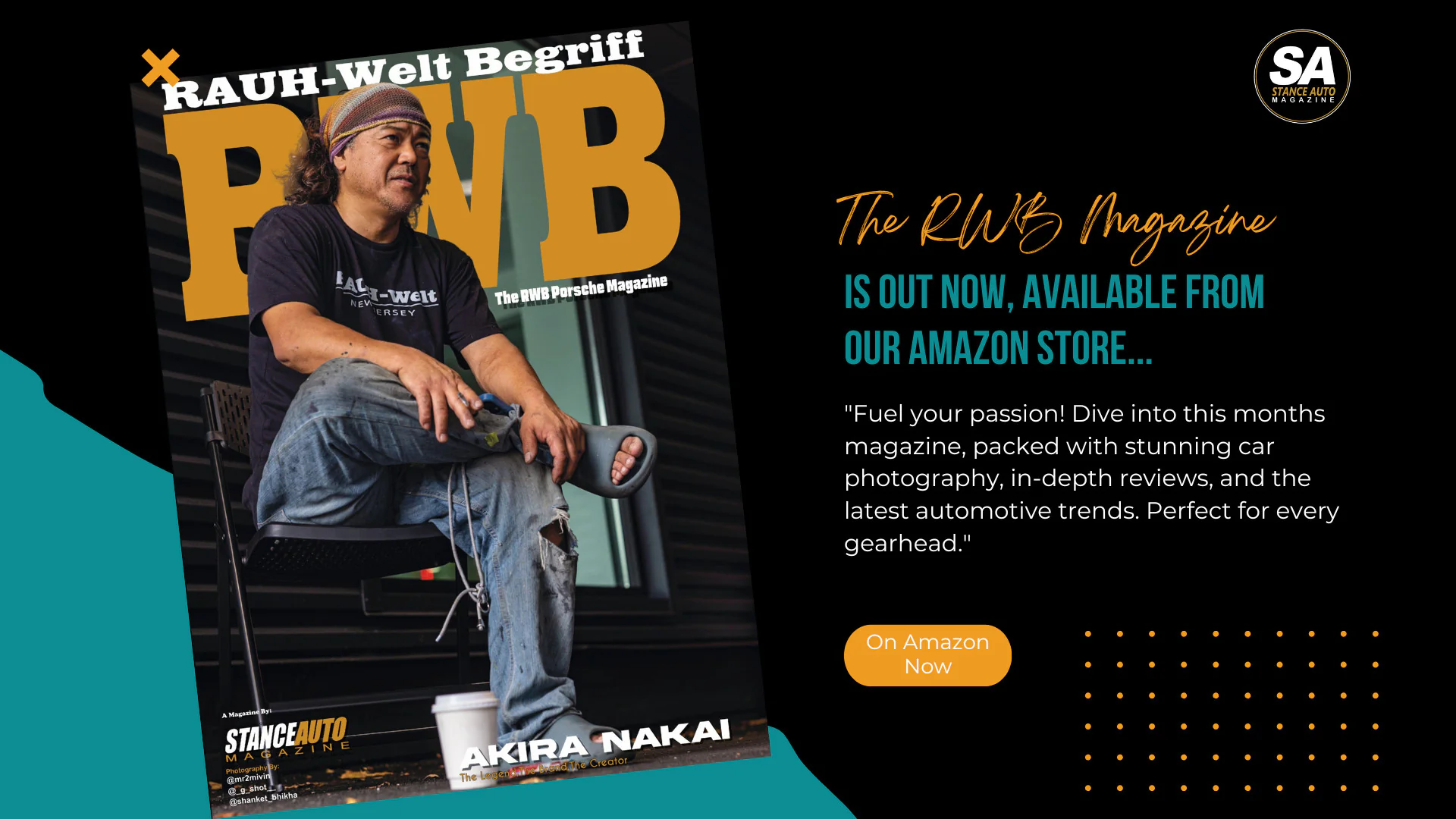





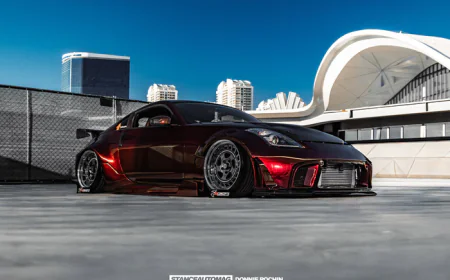
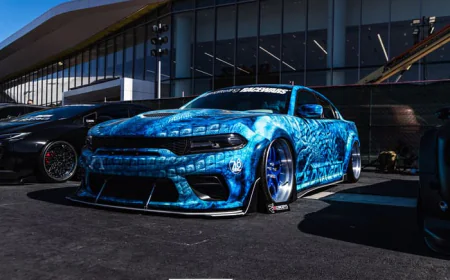


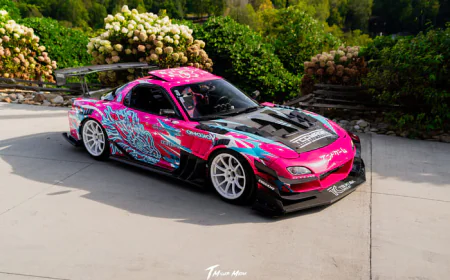
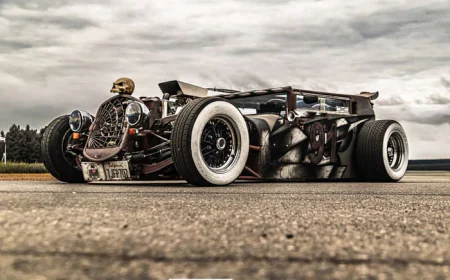
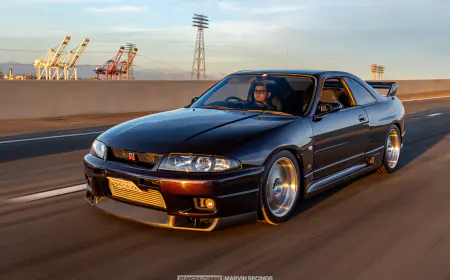
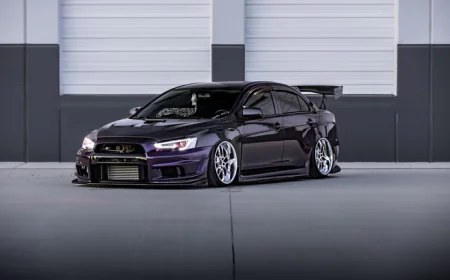
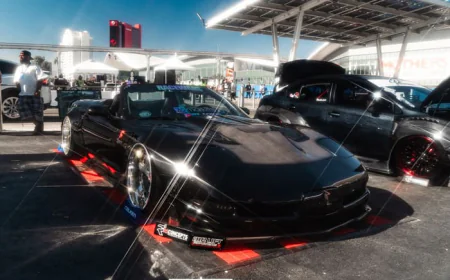
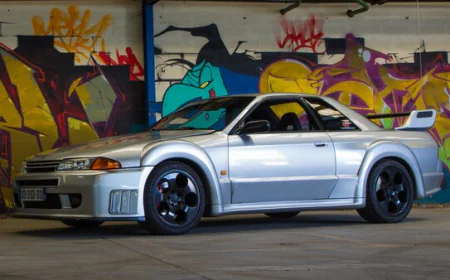


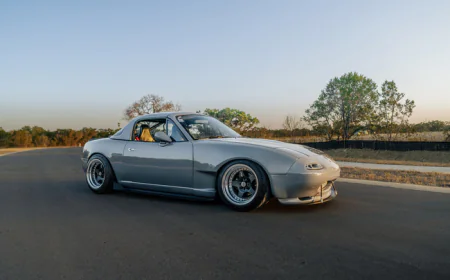

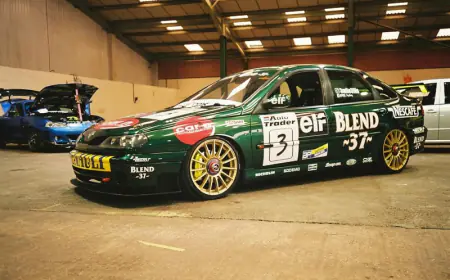



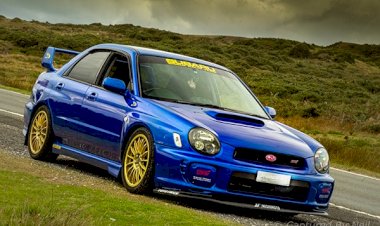


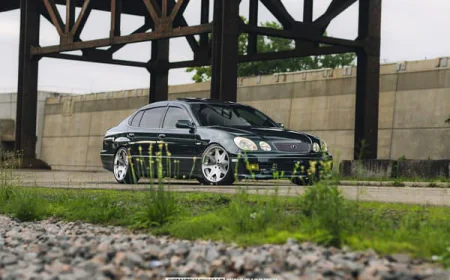


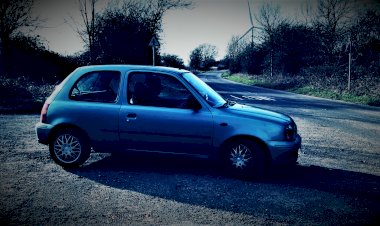

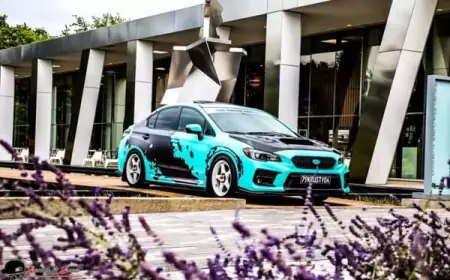


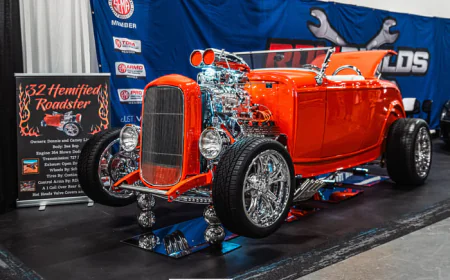


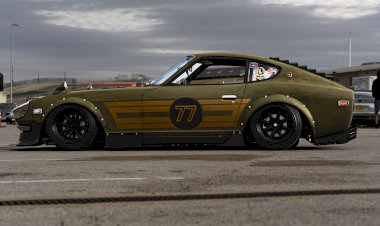



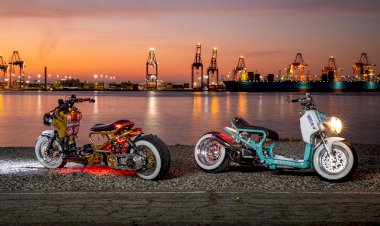

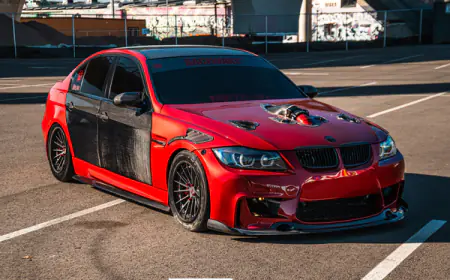




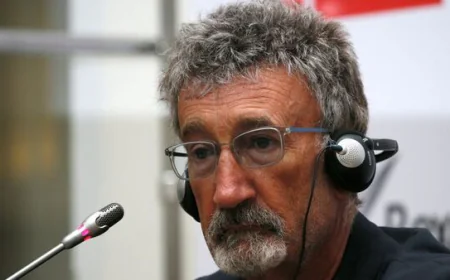


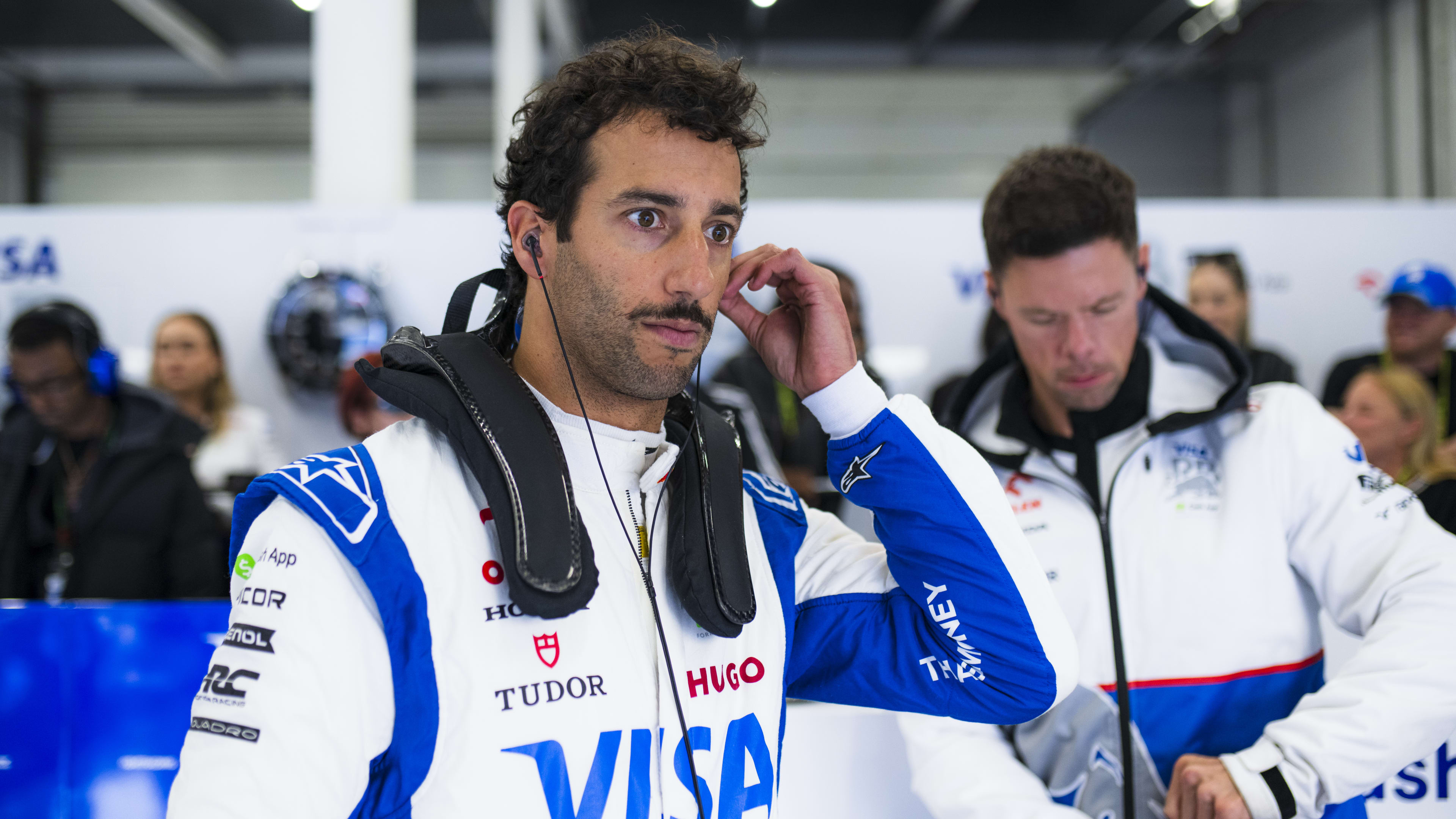
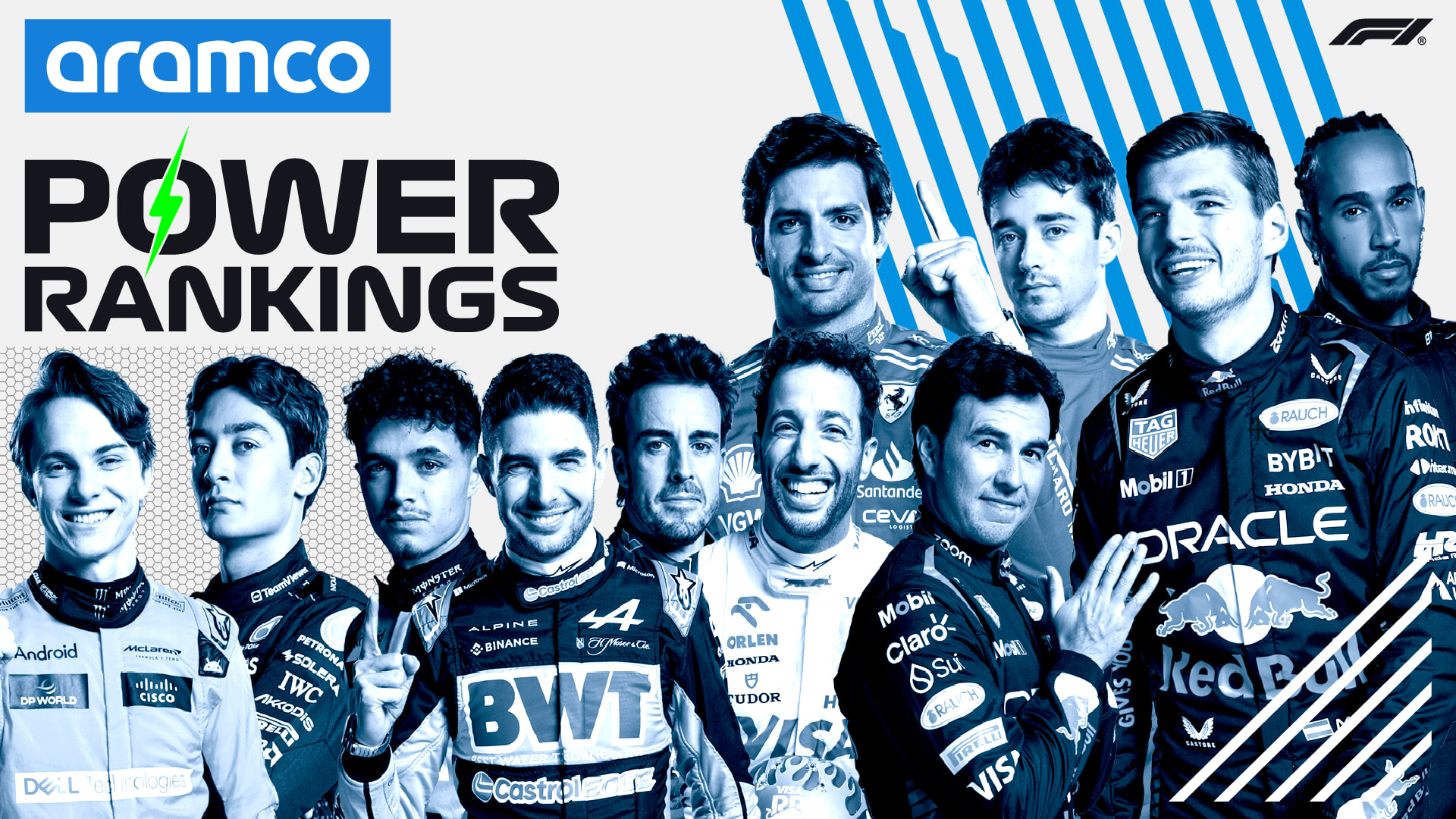
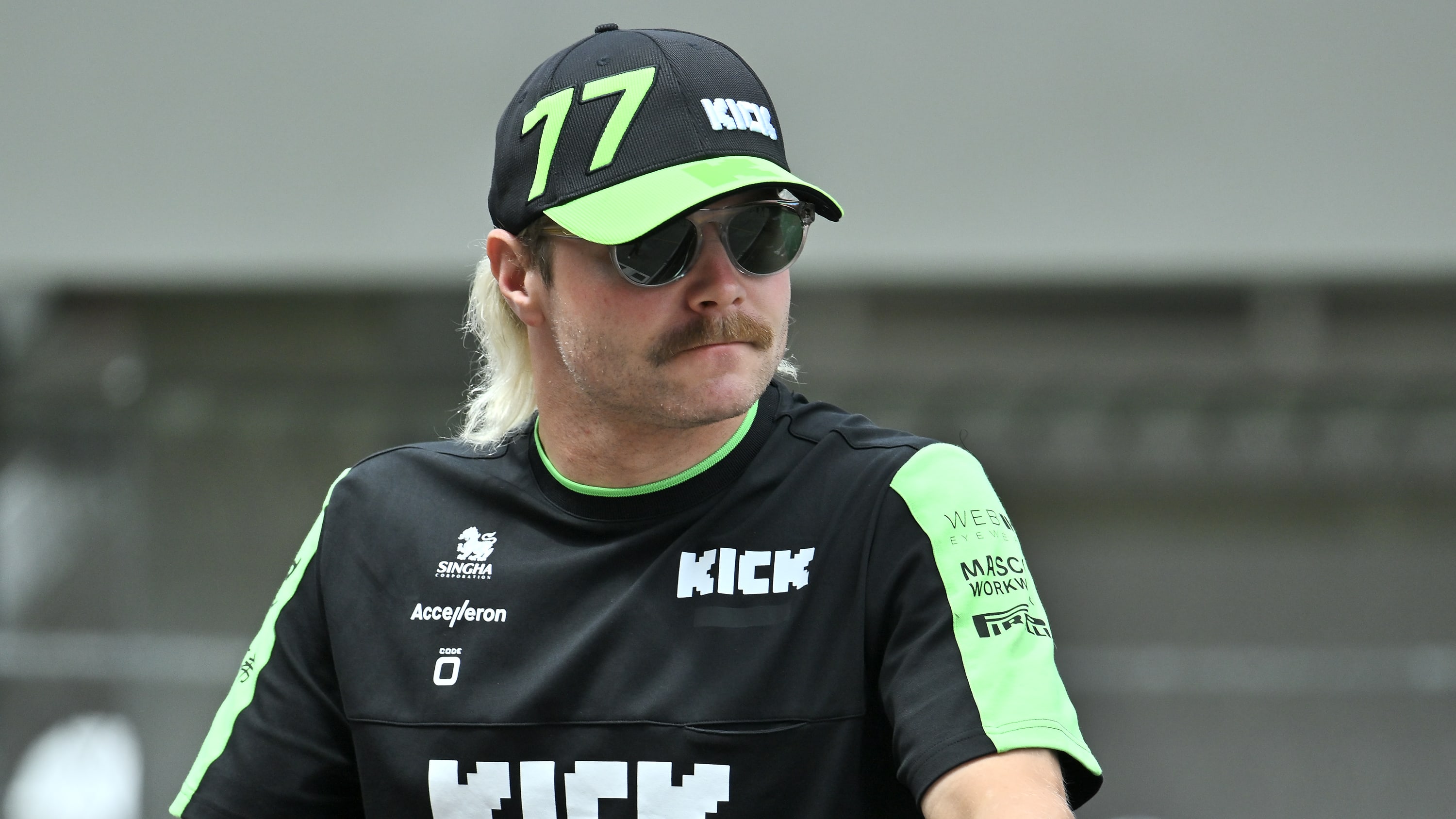
.png)





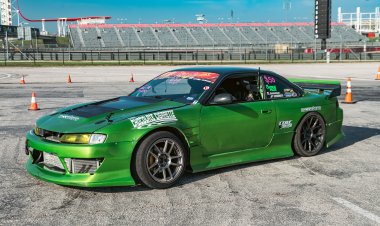
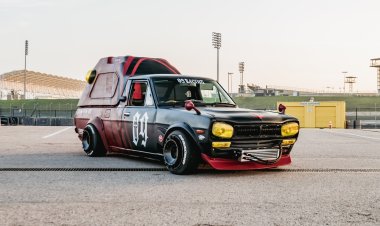


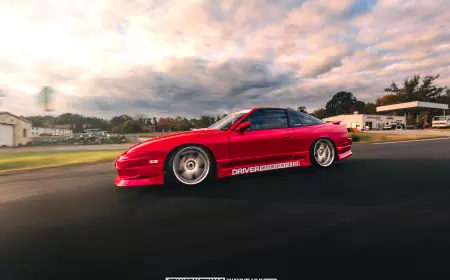
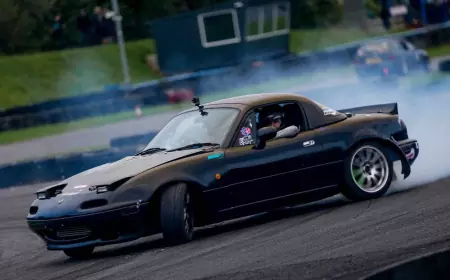

![[HOONIGAN] Ken Block's GYMKHANA NINE](https://img.youtube.com/vi/_bkX5VkZg8U/maxresdefault.jpg)


